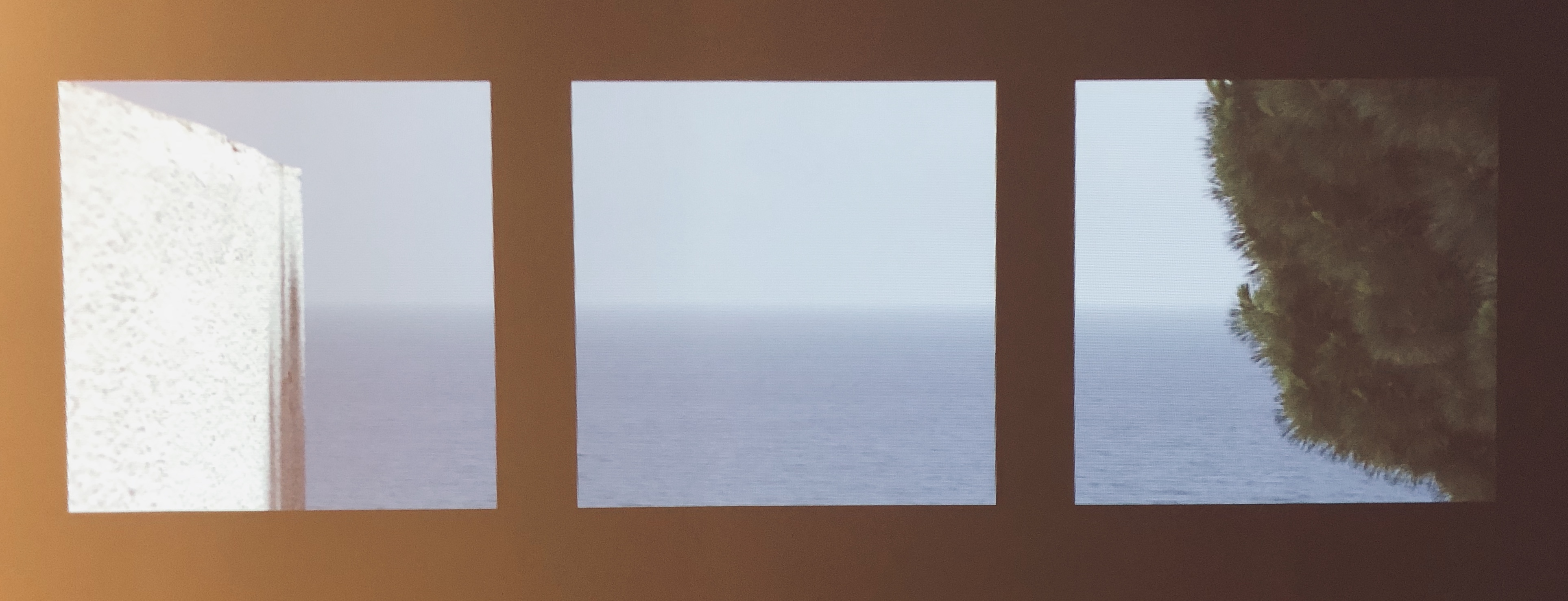We share what we learned during our visit to the ICO MUSEUM in Madrid, which during the October 2, 2019 to January 12, 2020, offers the exhibition ‘Imagining the Mediterranean house, Italy and Spain in the 50s’
Both Anatxu Zabalbeascoa in El País, and Paz Álvarez in Cinco Días, agree that it was Bernard Rudofsky (1905-1988) an Austrian, who became a nationalized American and a professor at Yale, MIT l Cooper-Hewitt, Tokyo and Copenhagen, who was formed, according to him while on his travels around the world, trips that often lasted years, the one that in his book ‘Architecture without Architects’ written in 1964, argued on an ideological and existential point of view the Mediterraneanism as the main vehicle of architectural renovation.
Starting in the 50s this movement meant a turn in local architecture and introduced airs of cultural modernization. Rudofsky states that ‘architecture’s history, as written and taught in the Western world, has never cared for more than a few select cultures.’ He tries to break down our limited idea of this field and briefly introduces the reader to the vast and wise world of, often anonymous, vernacular architecture. His lessons are very interesting, especially in relation to the environmental crisis we are facing.
In this idea of modern Mediterranean architecture, respect for the environmental potential becomes relevant, together with an updated recovery of the architectural tradition of the place.
Rudolfsky’s figure was a key for Gio Ponti and Jose Antonio Coderch who were able to see modernity in traditional Mediterranean architecture, although Miguel Fisac had already announced it in 1951, writing in ‘Spanish Popular Architecture and its Value in the Future’ (1951) that ‘copying popular art … leads to folklore … but extracts its essence, knowing how to get from those ingredients the beauty, modesty and joy of the beauty they have, it would encounter the path of a new architecture’
The exhibition shows works by Francisco Juan Barba Corsini, Bassó and Gili, Bohigas and Martorell, Antonio Bonet Castellana, Coderch and Valls, Correa and Milá, Luigi Cosenza, Carlos de Miguel, Harnden and Bombelli, Gio Ponti, Josep Pratmarsó, Bernard Rudofsky and Josep M. Sostres, …
But it was Ponti, Alberto Sartoris and Coderch who struggled to spread this idea of new architecture and join the different Mediterranean countries through Domus magazine, directed by Ponti with the editorial headquarters in Milan, and more than 75 years of experience.
Rudofsky says it was in Santorini (Greece) that he realized that the topography and the weather forced them to build in a certain, simplistic and logical way. Working with the place logically was functional and modern, to which we can add that it is socially enriching and environmentally respectful.
To consider the intelligence and modernity of traditional Mediterranean architecture and lay the foundations on which the history of architecture begins, with the journey of linking professional architecture with the vernacular is the great point of interest for us of this exhibition.








Leave a comment